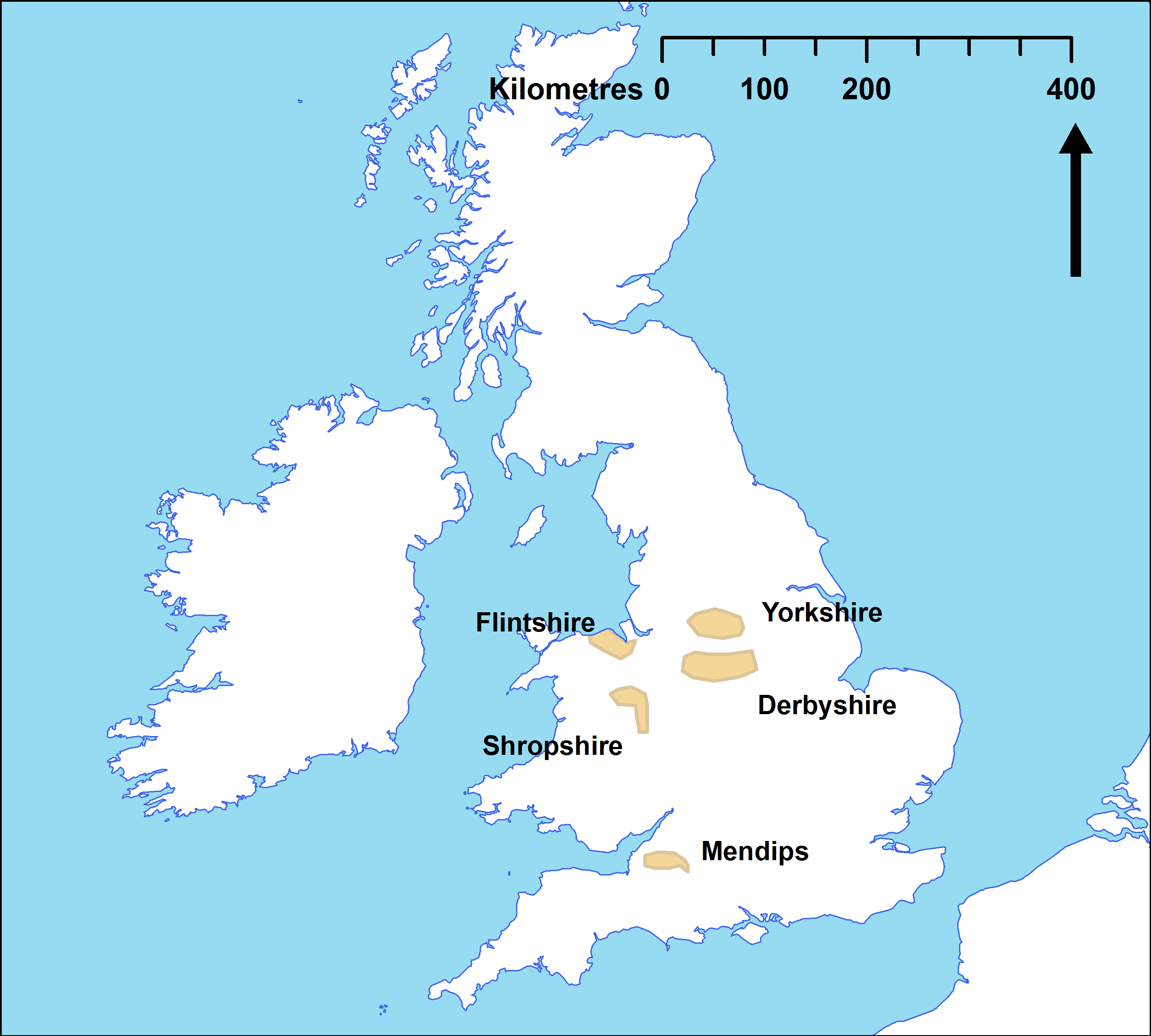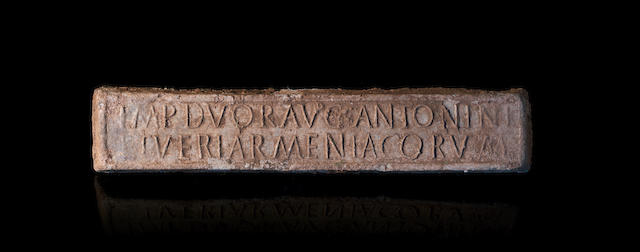You don’t necessarily need a Midas touch to turn lead into gold.
Last year, amateur metal detectorist Jason Baker made the news when he found a Romano-British lead ‘pig’ near his home in the Mendips, Somerset. A ‘pig’ is a large lead ingot, around half a metre in length, and usually inscribed with some sort of short Latin text. To his surprise, Mr Baker’s pig was expected to sell for around £60,000 – not bad for a bit of casual hobbying! In fact, many important archaeological finds connected with Roman Britain have been found in such a way by amateur enthusiasts. After having been registered and recorded properly by the Portable Antiquities Scheme (PAS), they constitute a large part of our primary evidence from this fascinating period of Britain’s history.

The pig in question reads:
IMP DVOR AVG ANTONINI
ET VERI ARMENIACORVM
https://romaninscriptionsofbritain.org/inscriptions/Brit.48.44
This refers to the emperors Marcus Aurelius and Lucius Verus, who reigned as co-emperors between AD 161-169. The title Armeniacus was an honorific adopted by both in recognition of their victories in the Parthian war. We know from other historical sources that Lucius Verus took up the title in AD 163 and Marcus Aurelius in AD 164, so this helps us to date the piece even more precisely to AD 164-169.
But an object like this can do a lot more for us than just dating: it tells us something about the Romano-British economy. Lead ore could be mined in Britannia in one of five locations across the province: Yorkshire, Derbyshire, Flintshire, Shropshire, and the Mendips. Pigs are often found near old Roman roads or rivers, and this suggests that they were transported by road or boat from the lead mines for market export. By analysing the type of ore against the distribution of pigs, we can therefore make some guesses about which regions supplied various the towns with their lead. The current assumption is that ore from the Mendip area was used across the whole south-west of Britannia, and that some was even exported to Londinium.

A lead pig may not be the most glittering treasure, but it is a goldmine for telling us about the socio-economic factors which surrounded writing and object production in the second century AD.
This blog post has been written in order to support the content of the OCR Ancient History GCSE topic ‘Community Life in the Classical World: Roman Britain’ and the OCR Ancient History A level module ‘Ruling Roman Britain’. It also links to KS2 national curriculum topics ‘Roman Britain’ and ‘Local History’
Further reading:
Elkington, D. 1976. The Mendip Lead Industry. in Branigan, K. & Fowler, P.J (edd.) The Roman West Country. London, David & Charles.
Gardiner, V. 2001. ‘An analysis of Romano-British lead pigs’ Institute for Archaeo-Metallurgical Studies Newsletter 21. 11-3
https://www.ucl.ac.uk/iams/newsletter/accordion/journals/iams_21/iams_21_2001_gardiner
Raistrick, A. 1931. ‘A Pig of Lead, with Roman inscription, in the Craven Museum’ Yorkshire Archaeological Journal 30. 181-2.
http://www.bbc.co.uk/news/uk-england-38027798
For more Roman inscriptions from Mendips, see:
RIB online 184, 185, and 186
https://romaninscriptionsofbritain.org/inscriptions/search?qv=mendip&submit=
